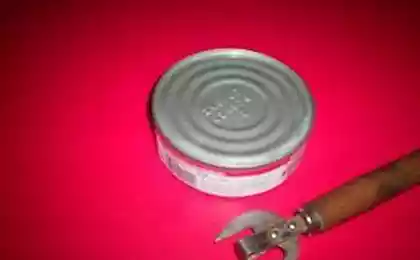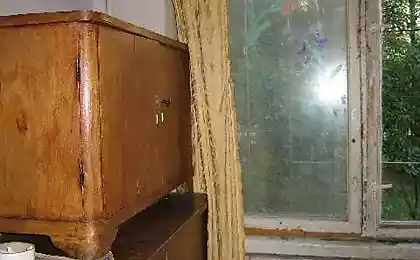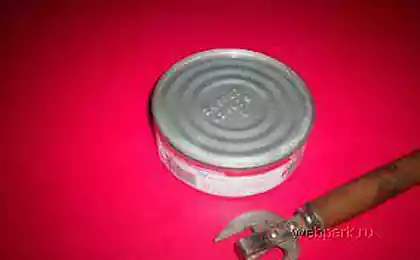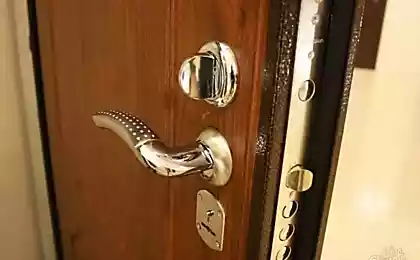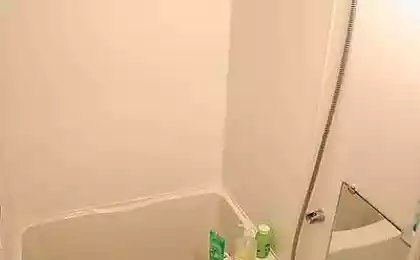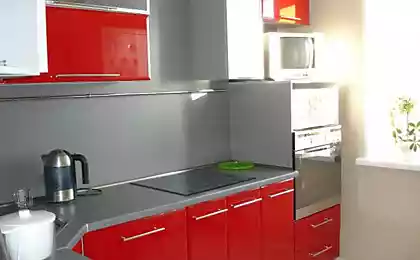180
How to restore a wooden door
Over the years of operation, the surface of interior doors is usually covered with various defects and damage, as well as a thick coat of layers of old paint. This pretty spoils the appearance of not only the door itself, but also the room as a whole.

You can, of course, once again try to paint the defects, but, firstly, not every door can be refreshed in this way. And secondly, with a competent approach to business, an old product made of natural wood will play with new colors and give a hundred points of odds to a cheap door leaf made of surrogate.
Quality painting is impossible on an unprepared surface, and the old paint was often applied to the door in several layers, went bumps and stains.
With the next coloring of the door with lighter paint, a heterogeneous color can turn out, so there is no alternative to removing the old paint. The process is quite laborious. Depending on the type of paint, these or other methods can be effective. Let's take them all in order.
Methods of cleaning the door from paint
Filling cracks and grinding the door cloth All cracks and chips need to be fixed to level the surface for painting. The easiest way to do this is by using wood. Apply the putty with a spatula in the required amount, and then align to the level of the surrounding area.

Putty for wood is easy to make with your own hands, mixing small wood shavings and PVA glue. The resulting gruel can be freely applied to joints and cracks. After drying the mixture, the place must be sanded.

After removing defects and before painting, the entire surface of the door is grinded. It is easier to do this using a grinder with fine-grained sandpaper.
When everything is polished, apply a primer on the door leaf. You can also use it. wood-impregnation. You can cover the wooden door with paint and varnish.
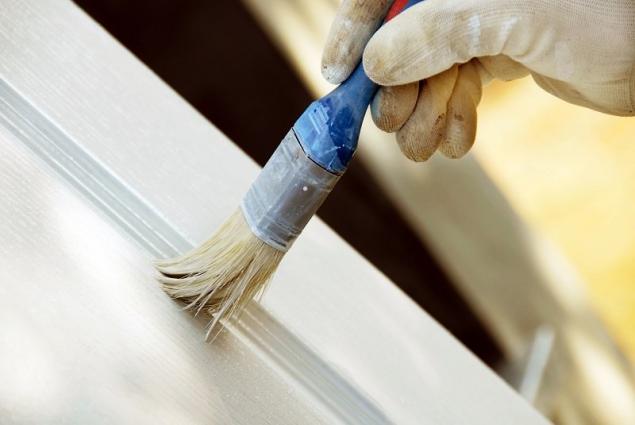
To more clearly show the texture of wood and its pattern, as well as to give the door a unique look, you can use the method of ploughing wood. It consists in the fact that soft fibers are selected from the top layer of wood with a special brush, as a result of which a surface with a colorfully expressed structure is obtained.

For braching, wood species with a uniformly dense structure, such as maple, beech, alder, are not suitable, but pine, oak, ash, nuts are ideal. In the first stage of processing, the dry and clean surface of the wood is treated with a coarse metal brush, pulling out the soft fibers to the desired depth.
But billing a tree is only half the battle. Branching sets the ultimate goal of visually highlighting the wood texture. To do this, the depressions are painted in a dark color, and the ridges are painted in a light one.
The relief surface is first opened with dark paint, and then rubbed with a sponge or rag, removing the remains of paint from protruding hard fibers, where it does not have time to absorb. After complete drying of the dark dye and subsequent treatment of the surface with sandpaper, the bulges are opened with colorless varnish.
about:blank
Now you know, How to Renovate a Wooden Door. All methods are based on three principles: mechanical removal of minor damage, putty large potholes and application of a new decorative coating. In this way, the old door made of natural wood can be made almost indistinguishable from the new one.

You can, of course, once again try to paint the defects, but, firstly, not every door can be refreshed in this way. And secondly, with a competent approach to business, an old product made of natural wood will play with new colors and give a hundred points of odds to a cheap door leaf made of surrogate.
Quality painting is impossible on an unprepared surface, and the old paint was often applied to the door in several layers, went bumps and stains.
With the next coloring of the door with lighter paint, a heterogeneous color can turn out, so there is no alternative to removing the old paint. The process is quite laborious. Depending on the type of paint, these or other methods can be effective. Let's take them all in order.
Methods of cleaning the door from paint
- Thermal removal method
If there is a multi-layered old coating on the door, it is easiest to remove it with a construction hair dryer and spatula. Before processing, it is better to remove the door cloth from the hinges, remove the fittings and decorative linings from it and take it out to fresh air.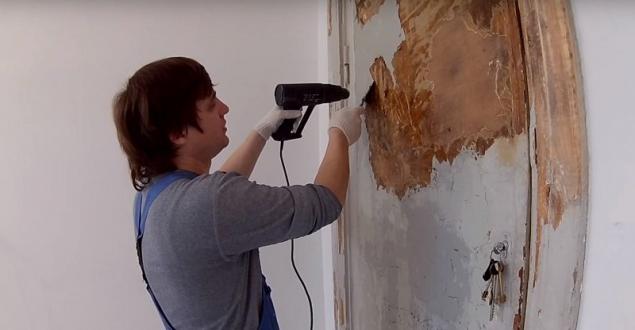
It is enough to heat the painted surface to the desired state, after which the paint is easily removed with a scraper, spatula or stamesk. The heating tool should be handled carefully, protecting the hands from burns. It is not recommended to use a hair dryer near electrical wiring.
If you do not have a construction dryer, you can use ordinary metal foil. Apply the foil to the door and heat it with an iron, then safely remove the layer of old paint.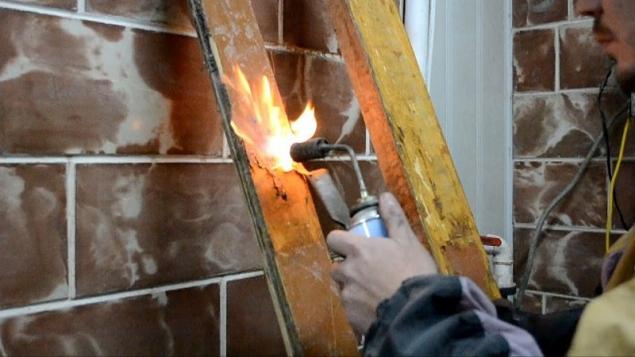
Some craftsmen use a blowtorch to influence an open fire on the treated surface. This method is not recommended because of the increased risk of fire. In addition, the wood is drying out, which significantly reduces the strength of the door. - Chemical method
The chemical method of removing paint is quite effective, but the solvent should be suitable for your type of paint. Most chemical reagents are toxic and not always effective, especially when there are many layers of paint.
Before using the tool, be sure to study the instructions for use. It may be a highly toxic substance that is only used in respirators and protective gloves.
It is possible to use such a folk method as caustic soda paste. It is applied with a brush on the coating until the formation of bubbles throughout the surface. After that, it remains to remove the layer of old paint with a spatula. The chemical method is undesirable to use on a plywood door cloth, it can be stratified! - mechanical method
This method is quite effective when working on a large surface area, since it significantly speeds up the process. Most often, a Bulgarian with a special circle is used, on which sandpaper or other abrasive material is put.
Filling cracks and grinding the door cloth All cracks and chips need to be fixed to level the surface for painting. The easiest way to do this is by using wood. Apply the putty with a spatula in the required amount, and then align to the level of the surrounding area.

Putty for wood is easy to make with your own hands, mixing small wood shavings and PVA glue. The resulting gruel can be freely applied to joints and cracks. After drying the mixture, the place must be sanded.

After removing defects and before painting, the entire surface of the door is grinded. It is easier to do this using a grinder with fine-grained sandpaper.
When everything is polished, apply a primer on the door leaf. You can also use it. wood-impregnation. You can cover the wooden door with paint and varnish.

To more clearly show the texture of wood and its pattern, as well as to give the door a unique look, you can use the method of ploughing wood. It consists in the fact that soft fibers are selected from the top layer of wood with a special brush, as a result of which a surface with a colorfully expressed structure is obtained.

For braching, wood species with a uniformly dense structure, such as maple, beech, alder, are not suitable, but pine, oak, ash, nuts are ideal. In the first stage of processing, the dry and clean surface of the wood is treated with a coarse metal brush, pulling out the soft fibers to the desired depth.
But billing a tree is only half the battle. Branching sets the ultimate goal of visually highlighting the wood texture. To do this, the depressions are painted in a dark color, and the ridges are painted in a light one.
The relief surface is first opened with dark paint, and then rubbed with a sponge or rag, removing the remains of paint from protruding hard fibers, where it does not have time to absorb. After complete drying of the dark dye and subsequent treatment of the surface with sandpaper, the bulges are opened with colorless varnish.
about:blank
Now you know, How to Renovate a Wooden Door. All methods are based on three principles: mechanical removal of minor damage, putty large potholes and application of a new decorative coating. In this way, the old door made of natural wood can be made almost indistinguishable from the new one.






